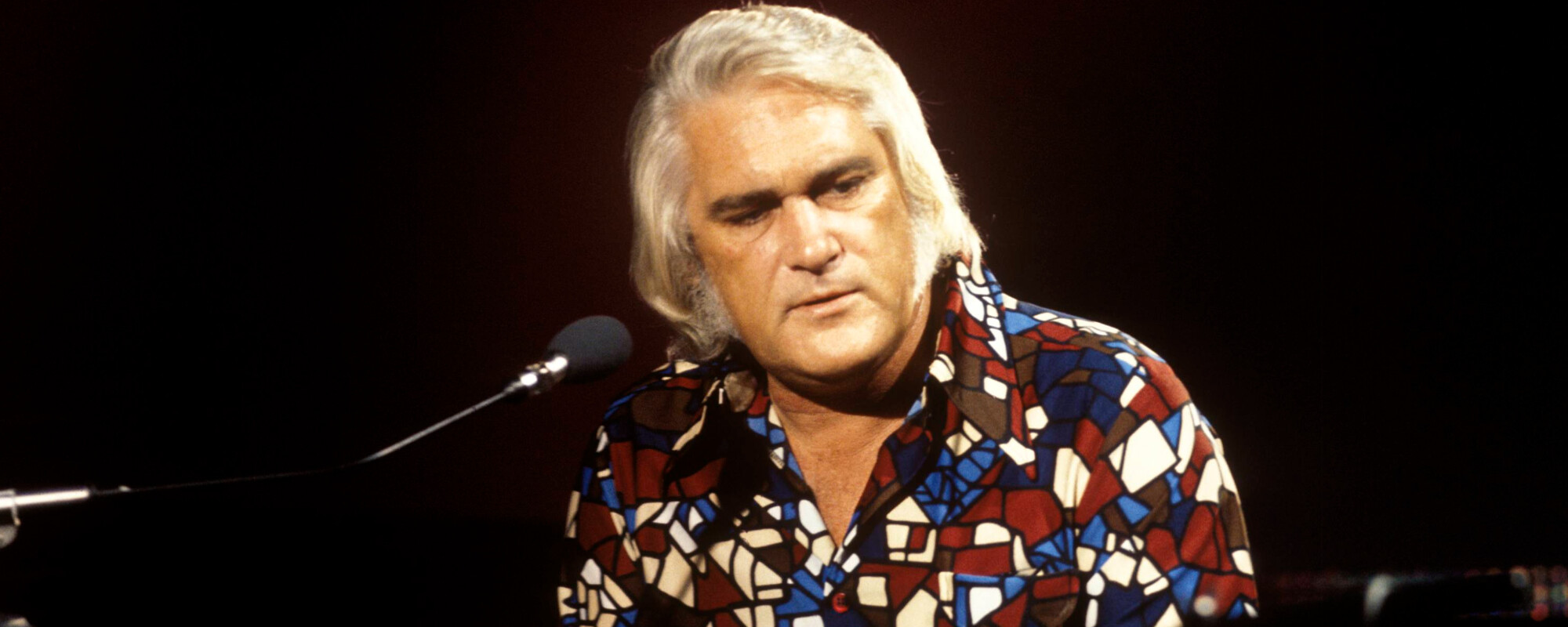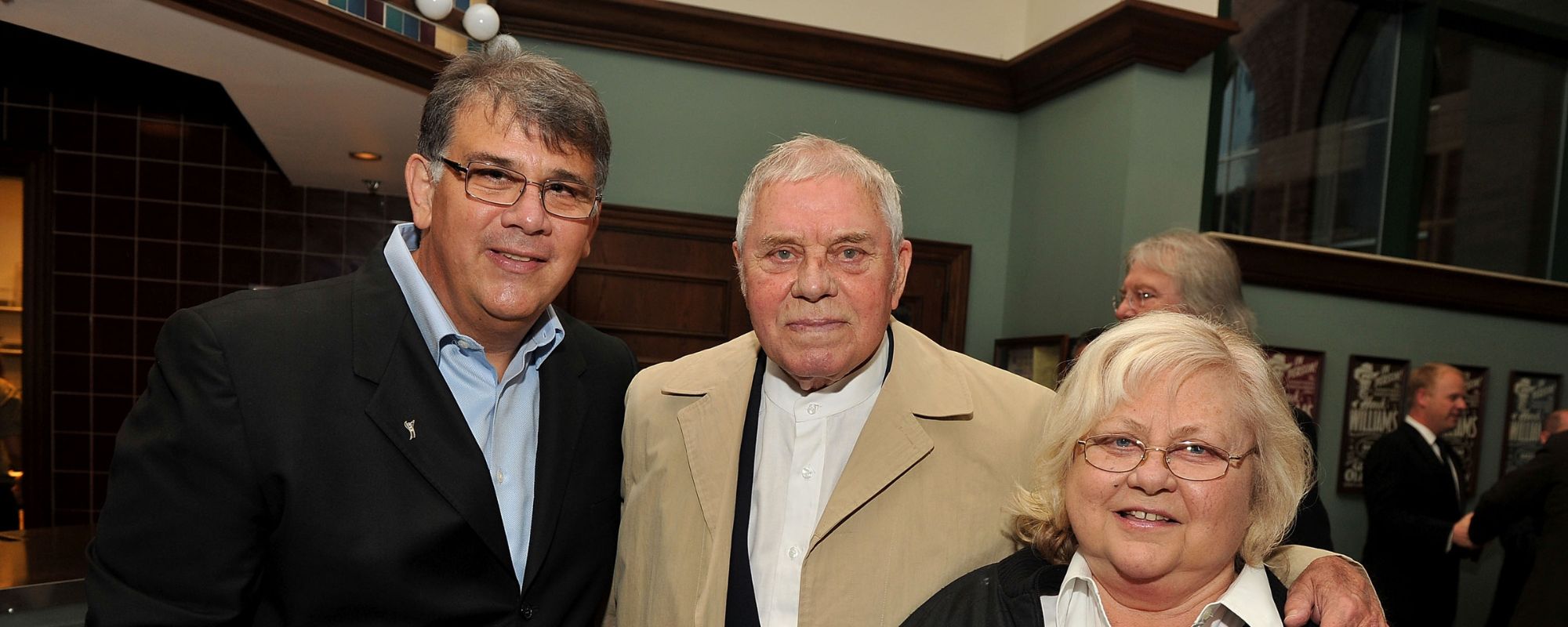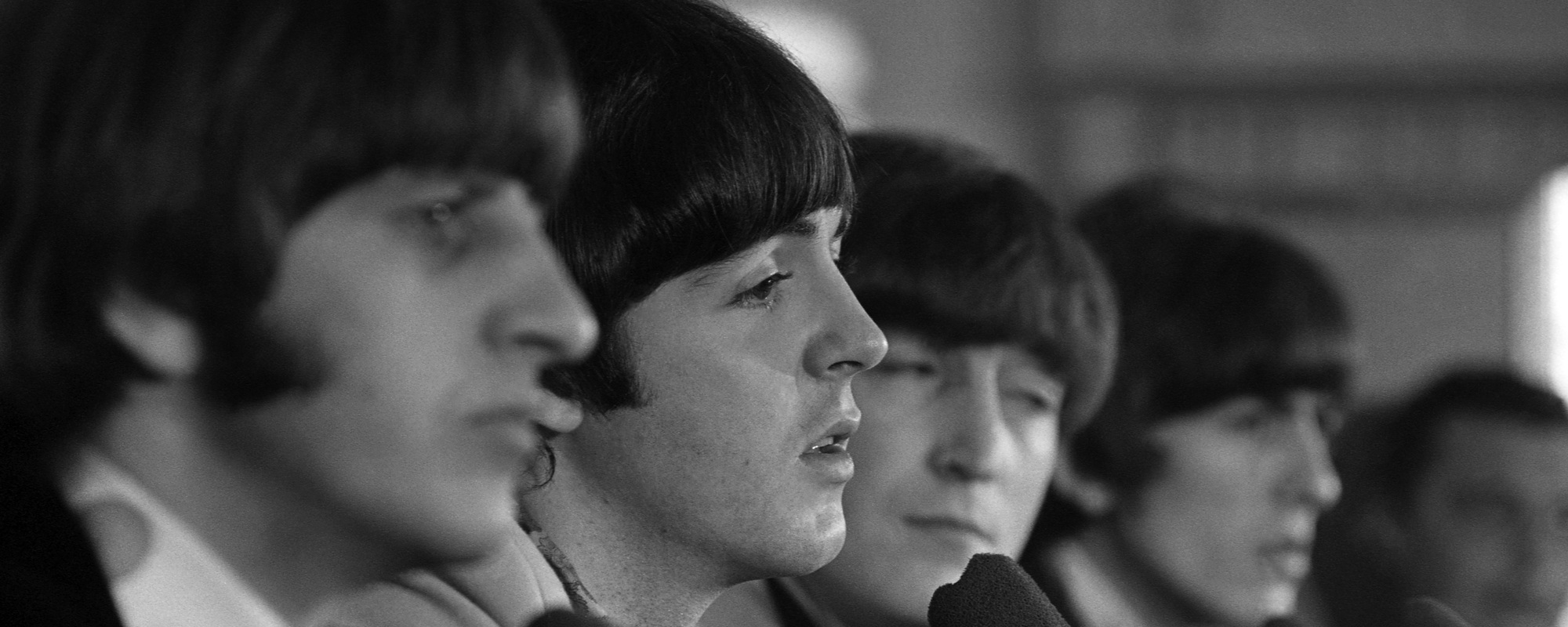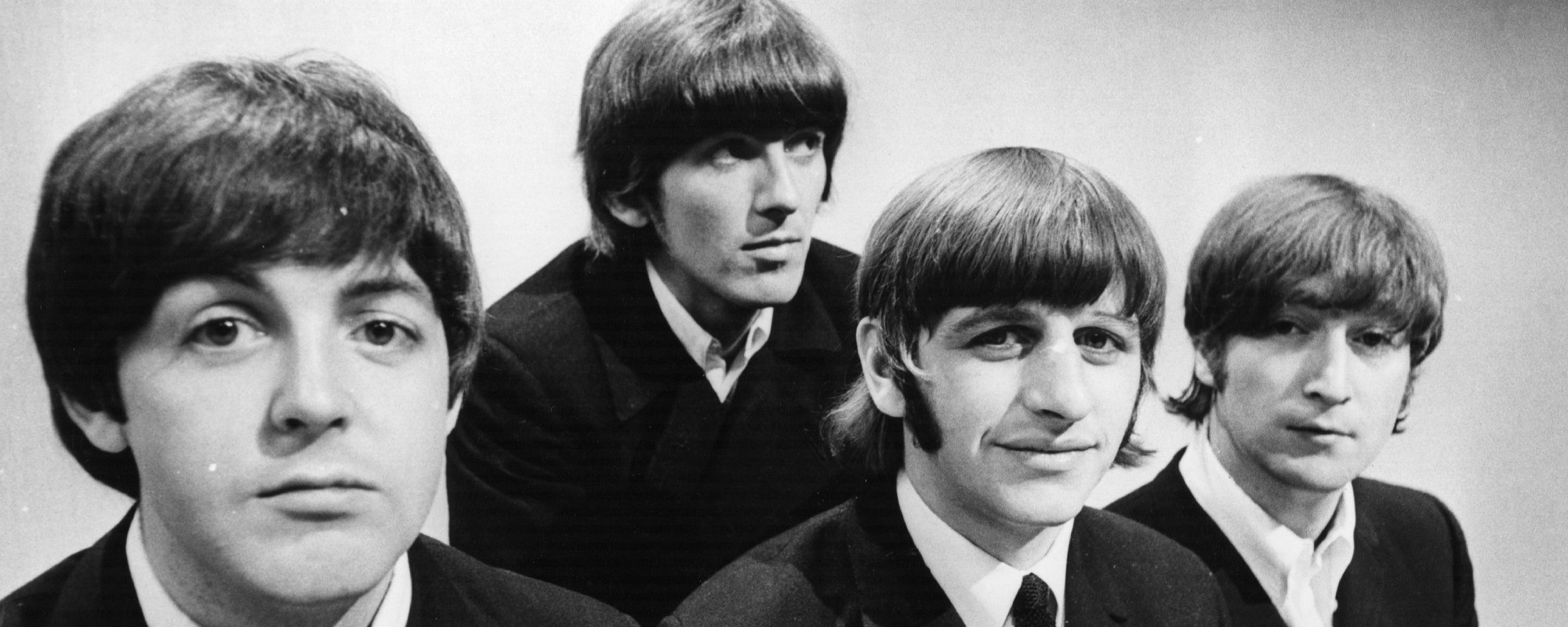Some albums have cool stories surrounding their making that garner attention for them. The 1966 Beatles’ album Rubber Soul doesn’t really fall into that category. By all counts, it was the same-old, same-old for the Fab Four when they made the record, squeezing it into their busy schedule and churning out the latest material they’d written.
Videos by American Songwriter
Instead, Rubber Soul demands your attention based on nothing other than its pure brilliance. It was an undeniable high point for The Beatles, as their songwriting, playing, and record-making all took giant leaps. Let’s take a look back at the creation of this masterpiece of an album.
Burning Rubber
Even as they were advancing to heights previously unmatched by other rock artists, The Beatles weren’t taking themselves all that seriously. The album title Rubber Soul was derived from the phrase “plastic soul.” It’s an oxymoron of sorts, putting something artificial up against an innate human quality, and it makes it seem as if they were downplaying what they were about to present to the public.
But the aural evidence on Rubber Soul suggests depth and profundity the likes of which pop music fans hadn’t yet experienced. And they were doing all this in a mighty hurry.
There were 13 sessions held for Rubber Soul in October and November 1965, and there were 14 songs on the album. One song (“Wait”) was recorded for Help! earlier in the year, but held back. That means The Beatles more or less knocked off one song a day (and that doesn’t take into account “We Can Work It Out” and “Day Tripper,” which were recorded at the same time but would be used to comprise two sides of a non-album single). While that was a much more luxurious pace than what they set earlier in their career (remember Please Please Me was recorded in a single night), it was still impressive how they were jam-packing all of that greatness into such a short period.
Songwriting on the Rise
It wasn’t as if John Lennon and Paul McCartney all of a sudden found the keys to deeper songwriting right before making Rubber Soul. The progression was always more of a natural thing with these two guys. But it was undeniable that the album represented one of the bigger steps up the duo took when it came to the material.
Rubber Soul was when it suddenly seemed much more adult. John Lennon’s contributions had a great deal to do with this. You can make the case Lennon was never better as a writer than on this album. He tapped into a vein of candor and self-reflection, while still writing in a way that managed to strike a chord with listeners.
The album contains his matter-of-fact, wry account of an affair in “Norwegian Wood (This Bird Has Flown).” “Girl” starts as an intricate character sketch, but then veers into musings about the nature of religion and sacrifice. “In My Life” takes the simple love songs of his earlier days and adds wisdom and perspective. Even “Nowhere Man,” for all its catchy harmonies, dwells in existential limbo.
By contrast, Paul McCartney still writes mostly about traditional relationships on the album. But he looks at them with doubting glances on the far more bitter than sweet “I’m Looking Through You” and “You Won’t See Me.” “Drive My Car” depicts a relationship that’s purely transactional. Only on “Michelle” does he exude some of the hopefulness of his older love songs, even as the music tugs him in a more melancholy direction.
George Harrison only contributed one song to Rubber Soul, but it catches the record’s spirit of lyrical advancement. “Think for Yourself” could be read as a simple breakup song, or you can also hear in it direct exhortations from George to his listeners to strike out on their own paths, regardless of where any pop band might lead them.
Instrumental Chemistry
While the lyrical content advanced in intense fashion on Rubber Soul, it’s not one of those records where the Fab Four went over the top with boundary-pushing recording techniques. The one big move in that department was George Harrison playing the sitar on “Norwegian Wood (This Bird Has Flown).”
Aside from that, there’s nothing overly fancy going on with the music of Rubber Soul. Revolver, the next album the band would release in 1966, would represent a stunning leap in studio experimentation over what had come before, and Sgt. Pepper’s Lonely Hearts Club Band the following year only expanded on that.
But that doesn’t necessarily count as a strike against Rubber Soul. Another way to look at it is that it was the perhaps the last time the music produced by the group was the result of the four men in a room bashing away together. By the time they tried to get back to that dynamic on Let It Be, they were already on fumes.
This is an album that focuses on the songcraft, and what songcraft it is. When you have the words and melodies on display here, why tug them in some avant-garde direction? The Beatles played it straight on Rubber Soul, but their rapidly expanding skills and points of view still created a listening experience as rich as anything else they ever produced.
When you purchase through links on our site, we may earn an affiliate commission.
Photo by Wesley/Keystone/Hulton Archive/Getty Images










Leave a Reply
Only members can comment. Become a member. Already a member? Log in.